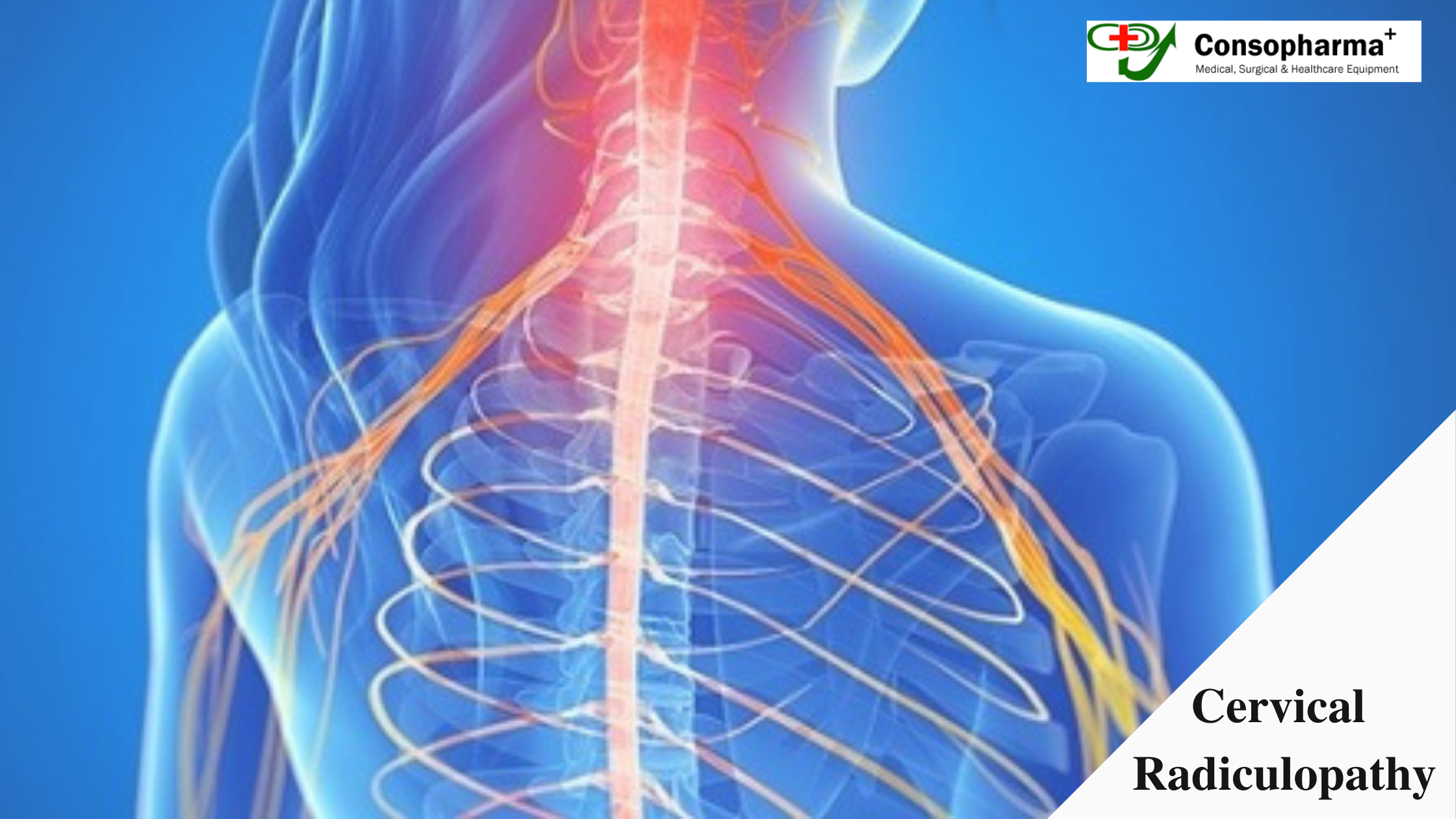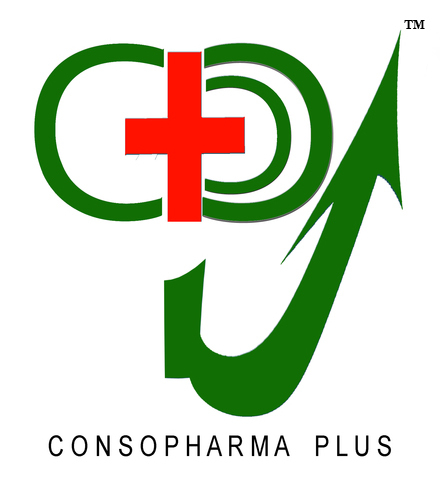Bone Fractures – Diagnosis And Treatment

Bones form the foundation on which muscles, organs, and nerves rest. Any damage to the bone structure due to external factors is termed a bone fracture. Bone fractures could be fixed by high-quality orthopedic bone screws that you can get from the best bone locking plates suppliers out there.
How to identify if the bone is fractured?
Bones are the integral component and so cannot be seen with the naked eye. It is surrounded by tissues. Therefore, you also cannot cut the skin and view. Since naked eye examination is ruled out, bone deformations have to be checked by passing radiations. Some of the currently available methods are as follows.
1. X-rays
As bones are made of calcium, they do not absorb radiations, which are used to diagnose it. During the process, strong high-intensity radiation is shone on the particular suspected area. Since the muscles absorb the radiation, this is reflected in a dark background, that is, as black. While the bone structure will be shown in white. Comparing this with the actual shape of the bone, the fracture can be identified.
2. Bone Scan
This is a nuclear method. Here a small amount of tracer particles is injected. By tracking the movement of this particle, the location of the defect can be identified. The tracer, also called as ‘dye’, is a radioactive element that is safe for therapeutical use.
3. Computer Tomography (CT) and Magnetic Resonance Imaging (MRI)
CT and MRI scans are an imaging process to capture a detailed picture of the body parts and organs. It also uses X-rays. The person is placed in a sliding table, and the instrument sends the rays to scan the body. This is done primarily in cancer but is also used in identifying skull fractures.
Treatment of fracture
The fixing of bones depends on:
- location of the fracture.
- the extent of the damage.
Higher is the degree of damage, higher will be the recuperation time. Some of the standard treatment methods are as follows.
1. Casting
This is the most common method done by wrapping the injured area with bandages. This cast is set with the aid of splints, slings, and braces. Care should be taken not to disturb this cast, as this will affect the setting of bones. This is followed for broken hands and arms.
2. External Pins
Pins are used when casting is not possible, for instance, in smaller areas such as fingers. The pins are inserted within the bone structure to hold the connecting bones. These can be removed if there is discomfort.
3. Traction
Traction is similar to inserting pins except that it is done externally. The injured region is held in position but means of external metal pins. This is mainly done for leg injuries such as thigh fracture, to restrict movements and help in speedy recovery.
4. External fixation
Here also pins are used but are fixed to the affected part by means of an external frame. This is used in severe trauma cases such as open fractures where the skin contact has to be minimum to prevent swelling.
5. Intramedullary Rodding (IR)
This is an advanced procedure that requires surgery. Here a rod is placed inside the bone canal to stabilize it. This is done only in cases of severe injuries where the bones can no longer heal by itself.
This article offers an overview of the various methods of bone fracture diagnosis and treatment. It aimed to help understand the process easily. But, the procedure of treatment has to be determined by the physician based on the patient’s condition.




